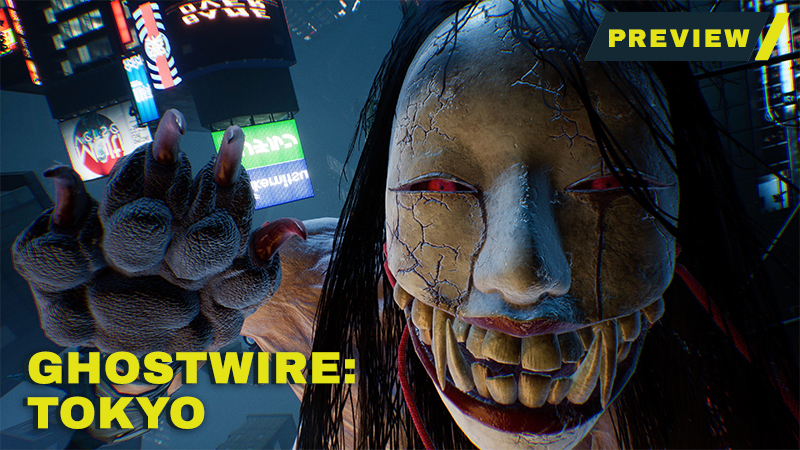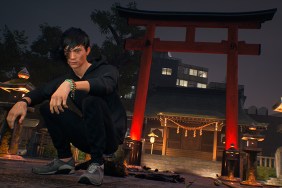Tango Gameworks’ two The Evil Within titles are third-person, action-horror games through and through, which is fitting for a team being led by Resident Evil 4 Director Shinji Mikami. Even though Ghostwire: Tokyo, the developer’s next game, has horror elements, it seems to be leaning more heavily on the “action” part of the equation. Mikami himself even described it as an action-adventure game in…

This is just an article test. #1









